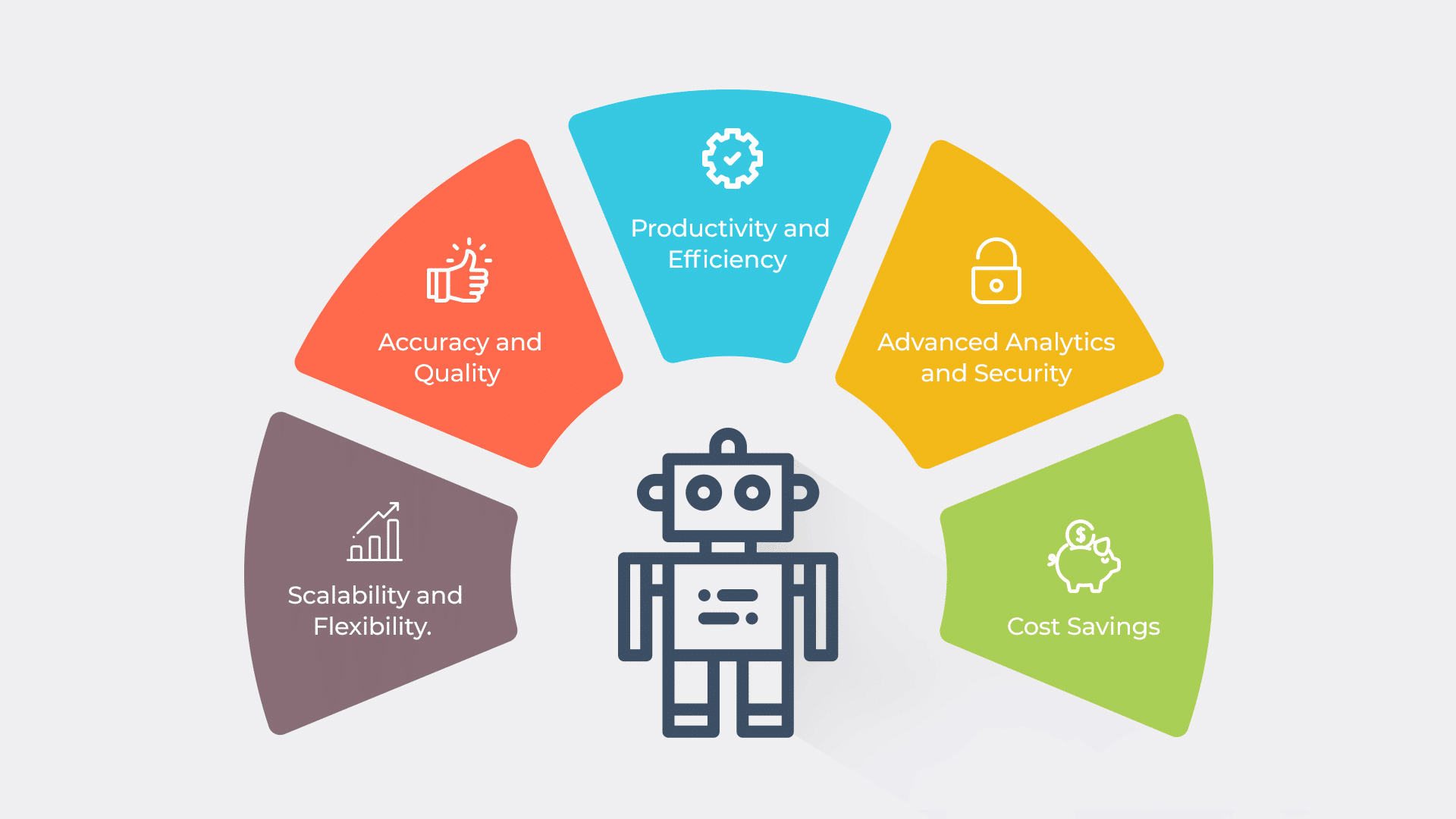Even though Robotic Process Automation (RPA) has been there for some time now, adoption levels have been growing thanks to newer software platforms and services being delivered. In this blog, we take a quick look at what RPA is, principal use cases, and why it matters.
What is RPA?
According to CIO, “RPA is an application of technology, governed by business logic and structured inputs, aimed at automating business processes. Using RPA tools, a company can configure software, or a “robot,” to capture and interpret applications for processing a transaction, manipulating data, triggering responses and communicating with other digital systems.”
This, of course, brings significant benefits for companies who can drive greater efficiencies, increase speed in processes, eliminate errors, avoid adding headcount to their departments and allow business users to dedicate more time to other higher-value activities.
Types of RPA
Although in general they are all known as RPA, there are three main types that are selected depending on the processes or tasks that the organization wants the robots to do. There are “probots” for the processing of information and data, “knowbots” for the collection and storage of data, and “chatbots” that act as virtual agents to answer customer queries in real-time.
Benefits of RPA

Of course, this provides significant benefits for companies that can drive greater efficiency, increase process speed, eliminate errors, avoid adding personnel to their departments and allow commercial users to spend more time on other, higher-value activities.
According to research conducted by Everest Group Research, these are some of the factors that have driven the adoption of RPA technologies:
- Improve the customer experience, interrupt the competition and the growth of the first line
- Laying the foundations for a broader digital transformation agenda
- Increase in efficiency and operational quality.
- Increase employee productivity and improve the experience.
- Improve governance and compliance
- Cost savings
Typical Activities Replaced by RPA
Use cases for RPA have expanded into many functional areas. As mentioned by Gartner, here are some of the common activities where RPA it’s being applied:
- Accessing web/other enterprise applications
- Collecting statistics data from various applications
- Connecting to system APIs
- Copying and pasting
- Extracting structured data from documents
- Filling in forms
- Following if/then decisions/rules
- Making calculations
- Moving files and folders
- Opening E-mail and attachments
- Reading and writing to databases
- Scraping data from the web

